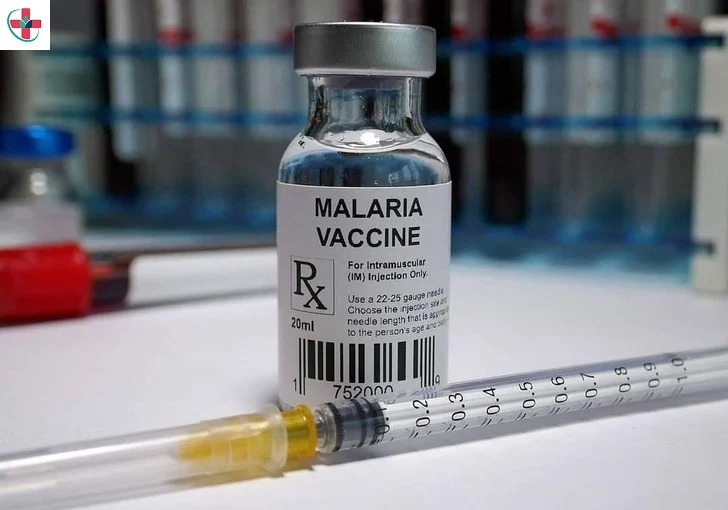What do we know about the vaccine?
Mosquirix is a “subunit” vaccine. This means it only contains
a small part of the malaria parasite, which is produced as a synthetic protein.
This protein is coupled with an “adjuvant”, a molecule
designed to stimulate a strong immune response.
The vaccine works mainly by stimulating the body to make
antibodies against the parasite, neutralizing it, and preventing it from
entering liver cells. These are the first cells the parasite invades when it
enters the body.
The vaccine also works by helping to mount an inflammatory response, when a different part of the immune
system responds.
The vaccine isn’t perfect
The level of protection the vaccine provides isn’t ideal.
Protection varies with the age of the child when vaccinated, with
less protection for young infants compared with older children. In the older
children (5-17 months old), this averaged at about 36% protection against
developing clinical malaria over a four-year period.
Protective immunity also decreases rapidly over time. This
means regular booster doses will be required. Alternative immunization
schedules are also being evaluated.
Yet, the vaccine can still make a significant contribution
to malaria control when used in areas of high malaria risk and with other
control measures.
One modeling study estimated that in sub-Saharan
Africa, Mosquirix could prevent up to 5.2 million cases of malaria and 27,000
deaths in young children each year.
Why has it taken so long to get here?
Developing a malaria vaccine is challenging. Technically, it
is difficult to develop a vaccine against a parasite that lives in two hosts
(mosquitoes and humans).
There has also been limited interest by pharmaceutical
companies in developing a malaria vaccine.
Although travelers would benefit from a vaccine when
traveling to affected countries, the people who most need a malaria vaccine
live in some of the world’s poorest countries. So there is a little financial incentive
to develop a vaccine.
Mosquirix is the result of more than 30 years of research
and was created through a partnership between GlaxoSmithKline (GSK) and the
Walter Reed Army Institute of Research in the USA.
This time frame is not long considering both the antigen
design and the adjuvant system were novel.
The Bill & Melinda Gates Foundation and GSK supported
further development, including evaluating the vaccine in clinical trials. Over
three decades, they invested aroundUS$700,000 million to develop the vaccine.
What next?
This current version of Mosquirix is not expected to be the
last. Preliminary results for a new modified vaccine, called
R21, are encouraging.
Other malaria vaccines in development include whole parasite vaccines. These use the whole
malaria parasite that has been killed or altered so it cannot cause a malaria infection but can
still stimulate an immune response.
Passive vaccines are also being investigated. These
involve injecting long-lasting antibodies to prevent malaria infection.
A whole new set of challenges
In the meantime, WHO’s recommendation presents a new set of
challenges.
Malaria-affected countries must decide whether to include
Mosquirix as part of their national malaria control strategy.
Critical funding decisions from the global public health
community will be needed to enable a broad rollout of the vaccine to the
children who will most benefit from it.
Manufacturing capacity for tens of millions of doses each
year, global vaccine supply chains and distribution infrastructure in
malaria-affected countries will also be needed.
Finally, each country will need to maximize vaccine uptake
and ensure completion of the four-dose immunization schedule to obtain the
vaccine’s full benefit.
